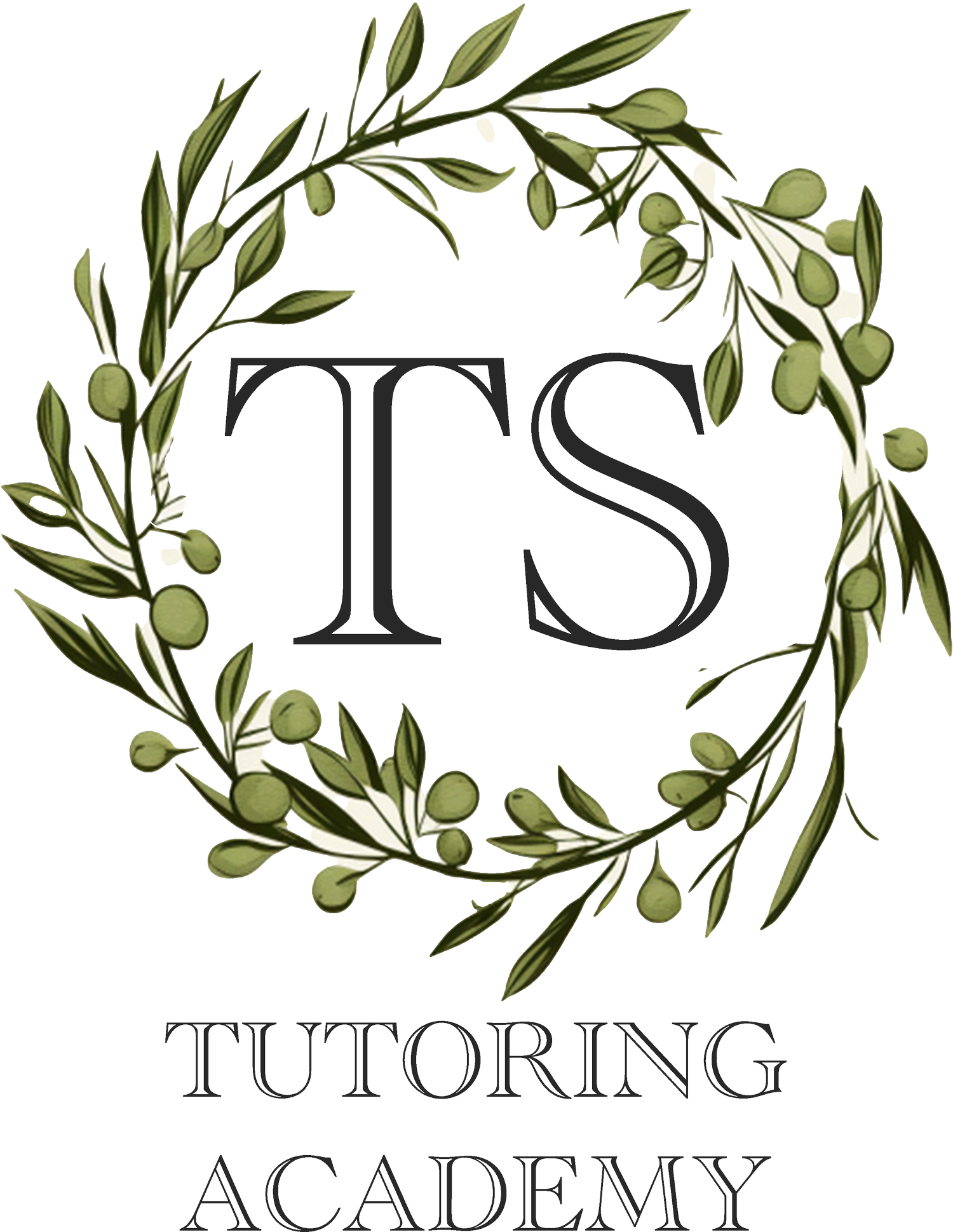
Literacy and Critical Thinking
This course in Literacy and Critical Thinking is designed and led by Thomas to help students in all grades, and those new to English, build strong reading, writing, and thinking skills.
Lessons added weekly!
-
Intro
-
What to expect...
-
Introduction
Here’s a few things to note before getting started:
Begin lessons one year prior to the one the student is currently in to refresh their memory. If you’re new to English, begin at the very start.
All you need is a notebook. Also, blank pieces of paper for brainstorming and drawing is encouraged.
More lessons will be added weekly - thank you for support. Any feedback is well appreciated and welcomed.
Pro tip: ask your kids to explain what they learned after each lesson.
-
-
Grade 1 + New to English
-
Reading Introduction: Simple Words
Learn the phonemes and sounds of each letter by matching words to their images.
-
Oral Communication - Practice Speaking English
Learn common greetings and introductions in English. Fill out an exercise and memorize common sayings in this lesson.
-
THE FUTURE OF FUN (CONUNDRUM)
Explore potential portals of the future and what fun will look like.
-
Short Vowels and Phonemes
Learn the sounds each letter in alphabet makes, their phonemes and the vowels along with the short vowel sounds.
-
-
Grade 2
-
(1/2) Homonyms
Learn to use words with more than one meaning.
-
(2/2) - Homonyms
Learn to use words with more than one meaning.
-
The Importance of Critical Thinking
A talk on what critical thinking is, and why it’s important.
-
Intro to Verbs
Find the verb in the sentence, and learn about the past, present and future tenses.
-
(1/2) Intro to Digraphs
In this lesson we learn about digraphs and practice using the four most popular ones
-
-
Grade 3
-
(1/3) New Vocabulary
Learn the meanings of new words and how to use them in their proper definitions.
-
(2/3) New Vocabulary
Learn the meanings of new words and how to use them in their proper definitions.
-
(3/3) New Vacabulary
Learn the meanings of new words and how to use them in their proper definitions.
-
Ideal Environment Question
Write about your ideal environment, and where you see yourself living in the future. What is your favourite season? Does it play a role in your future home? Draw or sketch out this perfect environment once you’re done writing about it.
-
Trigraphs
Understand the difference between trigraphs and digraphs while filling in the correct blanks in sentences.
-
Verbs (Past, Present or Future)
Identifying whether sentences are in the past, present or future. Then writing your own sentences in each tense.
-
-
Grades 4, 5, 6,
-
Double Negatives
Learn to avoid using double negatives in speech and writing by using alternative words in this lesson.
-
Cause and Effect
Engage critical thinking by learning the difference between cause and effect, and how to effectively communicate order of events.
-
(1/3) Analyzing Passage
Reading O Pioneers and learning to highlight key details and important character and plot developments.
-
(2/3) Analyzing Passage
Looking for text examples and further analyzing the text for critical details to help answer the question.
-
(3/3) Analyzing Passage
Answer Key
-
-
Grade 7, 8 + High School
-
What is an essay?
Sit back and enjoy a brief introduction on the essay. What is it? Why’s it important? Why does everyone want us to write one?! Take notes if you wish or instructed to by elders.
-
Analyzing "The Road Not Taken" by Robert Frost
-
Introduction to Literary Devices
Learn about different literary devices, their importance and apply to them to the poem Ozymandias.
Be prepared, homework detailed at the end of the video!
-
